1. Wall-to-Wall Carpeting
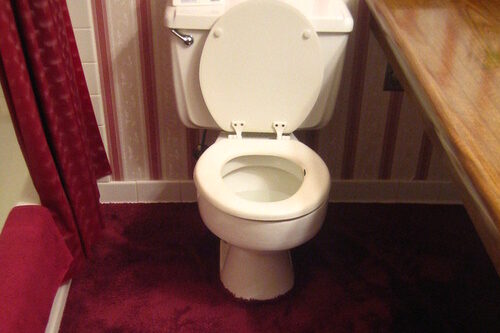
In the mid-20th century, wall-to-wall carpeting was the ultimate status symbol. It gave homes a luxurious, polished look that hard floors just couldn’t compete with. The plush, soft texture of carpet added an element of comfort and elegance, making it a must-have for anyone wanting to show off their success. It was seen as a sign that you had the resources to maintain such an extravagant feature, as carpet installation was both costly and time-consuming.
Fast forward to today, and wall-to-wall carpeting has fallen out of favor. Many people now prefer the sleek, easy-to-clean look of hardwood, tile, or laminate floors. While carpets still have their place in bedrooms or living rooms, they’re no longer the ultimate luxury statement they once were. Instead, we’ve shifted toward materials that are more modern, low-maintenance, and eco-friendly, leaving wall-to-wall carpeting to gather dust in the past.
2. Sunken Living Rooms
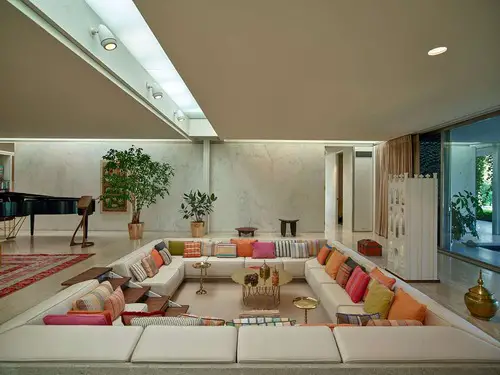
Sunken living rooms were all the rage in mid-century modern homes, offering a unique architectural feature that made your space feel more open and inviting. By lowering the floor of the living room, it created a cozy, conversation-friendly space that separated it from the rest of the home. These rooms were often adorned with plush furniture and large, statement rugs, emphasizing their importance as a central gathering spot.
Over time, however, these sunken areas became impractical and difficult to maintain. Their design created uneven levels in homes, often leading to tripping hazards or awkward transitions between rooms. As open floor plans became more desirable, the sunken living room fell out of fashion, replaced by the more seamless, expansive living areas that dominate today’s homes.
3. Built-in Bar Areas
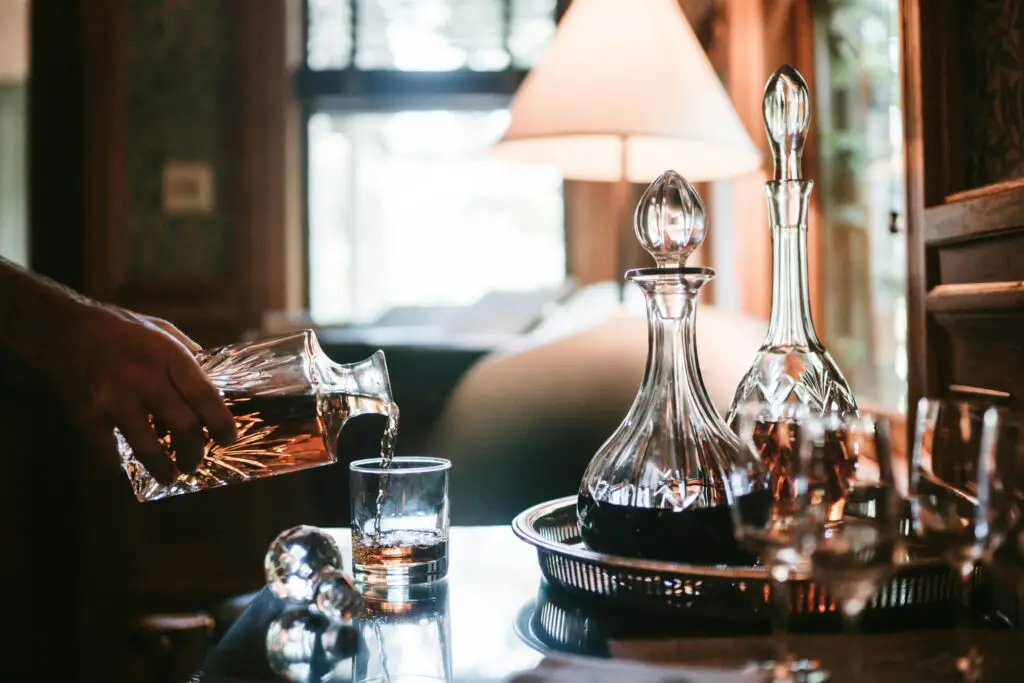
During the ’60s and ’70s, having a built-in bar in your home was the epitome of sophistication and affluence. These stylish, custom-built spaces were designed to entertain guests and show off your status as someone who enjoyed the finer things in life. From ornate woodwork to mirrored shelves and stocked liquor cabinets, these bars were as much about style as they were about functionality, making them a must-have in every luxury home.
In recent years, however, built-in bars have mostly fallen out of favor. As open-concept spaces became more popular, people began opting for more versatile, casual areas for entertaining. The rise of home bartending and mobile drink stations further diminished the need for dedicated bar areas, leaving them as a relic of a bygone era that no longer holds the same cachet.
4. Formal Dining Rooms
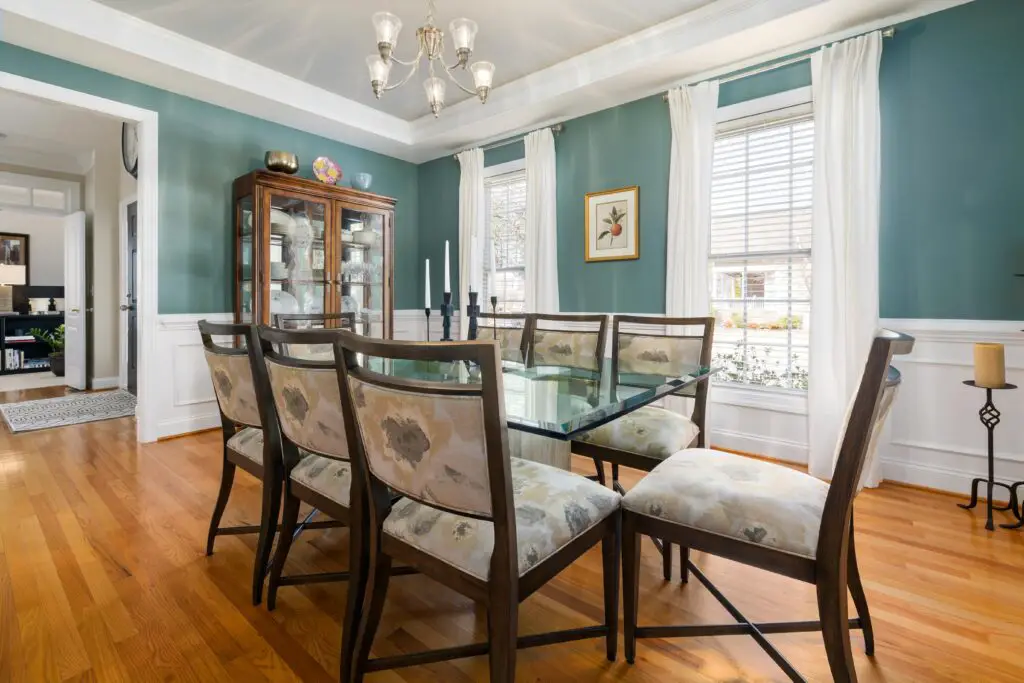
For much of the 20th century, a formal dining room was considered an essential feature of a high-status home. These spaces were often designed to impress, with large dining tables, high-end china, and crystal glassware displayed prominently. Hosting elaborate dinner parties was a key way to demonstrate one’s wealth and social standing, and a dedicated dining room made it possible to entertain guests in style.
However, as lifestyles have shifted toward more casual, flexible living, formal dining rooms have become increasingly unnecessary. Today, many people opt for open-concept kitchens and dining areas, where meals can be enjoyed in a relaxed, communal atmosphere. As a result, the formal dining room has lost its place of prominence in favor of more practical, informal spaces.
5. Huge Walk-in Closets
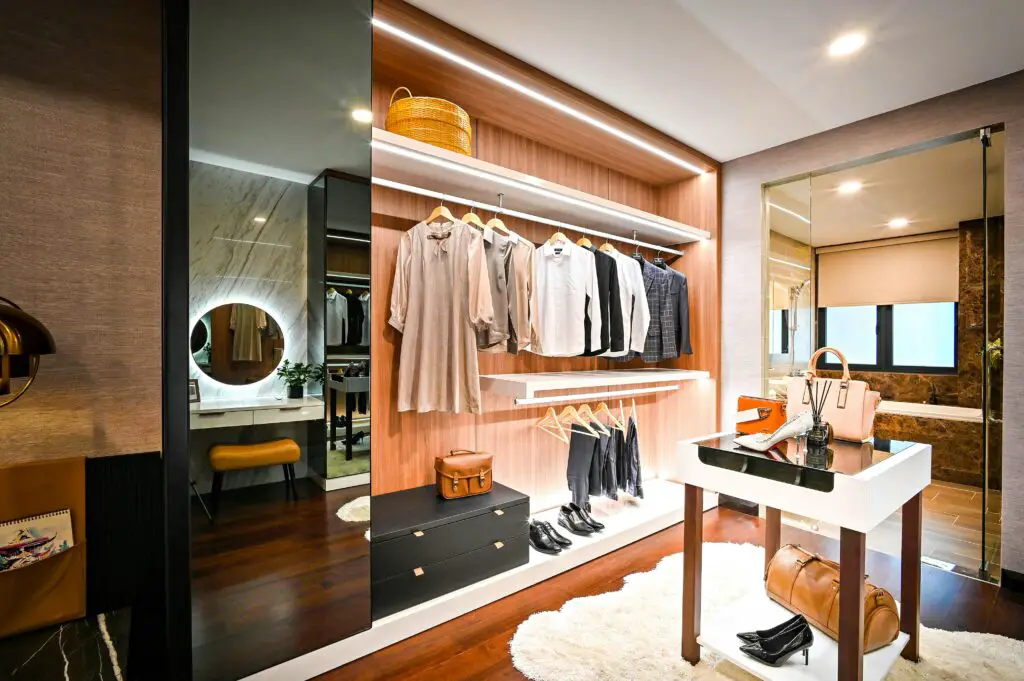
While walk-in closets are still a sought-after feature today, their size and scope have drastically changed over the years. In the past, a massive walk-in closet was seen as a status symbol, a way to show that you had more clothes than anyone could possibly wear. These closets were often designed to hold elaborate shoe collections, luxurious fabrics, and endless rows of designer clothes, indicating wealth and an extravagant lifestyle.
As minimalism has gained popularity, the massive walk-in closet has lost its appeal. Today, people are more likely to embrace efficient, organized storage solutions that maximize space and promote a clutter-free environment. While large closets are still desirable, they no longer represent the same excess and opulence they once did.
6. Jacuzzi Tubs

Jacuzzi tubs were once the height of luxury and sophistication, offering a spa-like experience right in the comfort of your own home. With their jets, bubbles, and built-in seating, they were perfect for unwinding after a long day and impressing guests. In the ’80s and ’90s, having a Jacuzzi tub in the master bathroom became synonymous with wealth, signaling that you could afford the ultimate in relaxation and leisure.
Today, however, these tubs have lost their place in modern bathrooms. With the rise of sleek, contemporary designs and more practical, space-efficient bathroom features, Jacuzzi tubs have been replaced by walk-in showers and minimalist, functional elements. While some still enjoy their soothing benefits, they no longer hold the same high-status appeal they once did.
